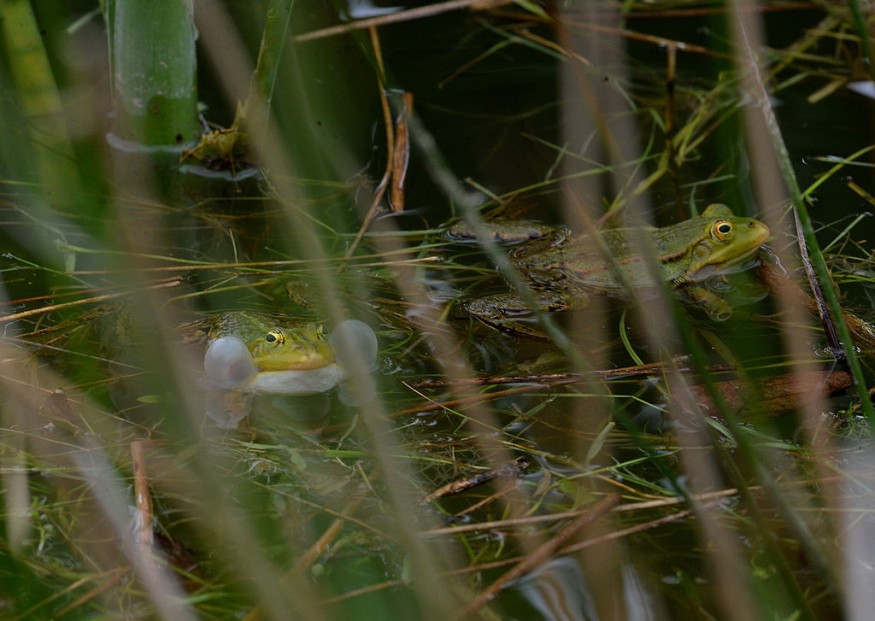
A prehistoric swamp in what we now know as Germany has been an unresolved puzzle since it was discovered by paleontologists, filled with remains of hundreds of ancient frogs.
What killed the amphibians was a mystery for decades, until findings offered an answer of why the frogs died some 45 million years ago. According to Daniel Falk, a paleontologist in University College Cork in Ireland, it is by process of elimination during mating is what killed them, like a sex death trap, ScienceAlert reported.
"As far as we can tell, the fossil frogs were healthy when they died, and the bones don't show any signs of predators or scavengers - there's also no evidence that they were washed in during floods, or died because the swamp dried up," Falk explains in EurekAlert. This watery death trap in the Geiseltal area in central Germany did not just claim lives of hundreds of frogs but also over 50,000 ancient beasts, such as small mammals, birds, reptiles, bats, and fish.
While past studies suggest that the Geiseltal frogs died during the desiccation of lakes and/or oxygen depletion in the water, exactly what killed these creatures was unknown to experts but they were able to narrow down the options.
A Sex Death Trap
The fossil bed in which the frogs were discovered is one of the most exceptional fossil sites in the world today, where ancient remains are preserved naturally by lignite, a sedimentary deposit, sometimes even preserving soft tissues and organs of the ancient remains.
The layer of 45-million-year-old frogs particularly was discovered at a swampy subtropical forest, in the Middle Eocene. However, most of these frogs were categorized as belonging to the Pelobatidae family - in a genus of frog that is not aquatic and lives on dry land, returning to the water only to breed.
Paleontologist Maria McNamara of University College Cork says female frogs are more at risk of drowning or suffocating as they are often submerged by one or more males, especially in mating congregations during the short explosive breeding season.
Apparently, this counterintuitive, and not particularly conducive mating style is not a problem in the world of frogs.
The Only Explanation that Makes Sense
The findings of the study published in Papers in Palaeontology took a universal approach to compare and test the relationship between preservation and palaeoenvironment for diverse fossil vertebrates. The fossil remains can provide insights into the body plan and lifestyle of ancient organisms.
In conclusion, most of the Geiseltal frogs are likely to have died during or after mating, and even a common phenomenon in frogs today.
One species of modern frog called the Amazonian Rhinella proboscidea, extracts eggs from a deceased female by squeezing her, yet it successfully fertilizes the eggs. While it hasn't been observed in modern Pelobatidae, it does not entirely go against the realm of possibility.
"What's really interesting is that fossil frogs from other sites also show these features, suggesting that the mating behaviors of modern frogs are really quite ancient and have been in place for at least 45 million years," McNamara says, adding that the new analysis can help understand frog evolution through the ages, and to contextualize ancient fossil frog beds.
Related article : Armies of Native Spider Crabs Clump Together Australia's Southern Coast
© 2025 NatureWorldNews.com All rights reserved. Do not reproduce without permission.





